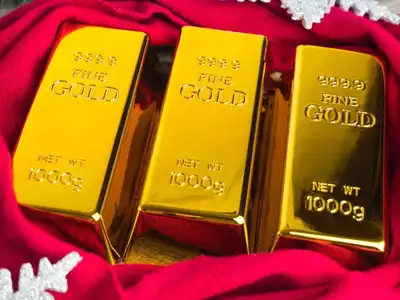In ancient times, before the concept of money emerged, people relied on bartering goods and services with each other. However, this method had limitations, as it required both parties to have what the other desired. Then came the idea of using a commodity as a representation of value, enabling people to trade goods and services more efficiently.
The choice of the commodity was crucial. It needed to be scarce and not easily accessible, or else its value would diminish. For instance, using common stones as currency wouldn’t work, as anyone could gather them easily. Some cultures attempted to use beads or shells, but they lacked widespread acceptance as currency due to the subjective value attached to them.
Eventually, precious metals like gold and silver became the first real forms of money. They were rare, portable, and inherently valuable, making them ideal for use as a medium of exchange. Gold, in particular, has been cherished for its beauty and rarity since ancient times.
The evolution of money continued, and coins were introduced as a more organized form of currency. Coins made from metals like bronze, gold, and silver had standardized designs to prevent counterfeiting. As coinage gained popularity, it became widely accepted for trade.

As societies progressed, the notion of fiat money arose. Instead of being backed by a physical commodity like gold, fiat money is declared legal tender by the government. Its value is derived from trust and acceptance by the public.
The gold standard, where paper money was backed by gold reserves, once provided stability but also limited economic growth. Over time, fiat money proved to be more efficient, as its production costs were lower and it allowed governments to manage their economies more effectively.
Despite the dominance of fiat money, gold and other precious metals still hold value for many people as a store of wealth and stability. Governments also maintain gold reserves, even though their currencies are no longer tied to it.
In conclusion, money has evolved significantly from its early origins in bartering to the sophisticated fiat system we have today. Gold played a crucial role in the development of currency and remains a valuable asset for many individuals and governments alike.




